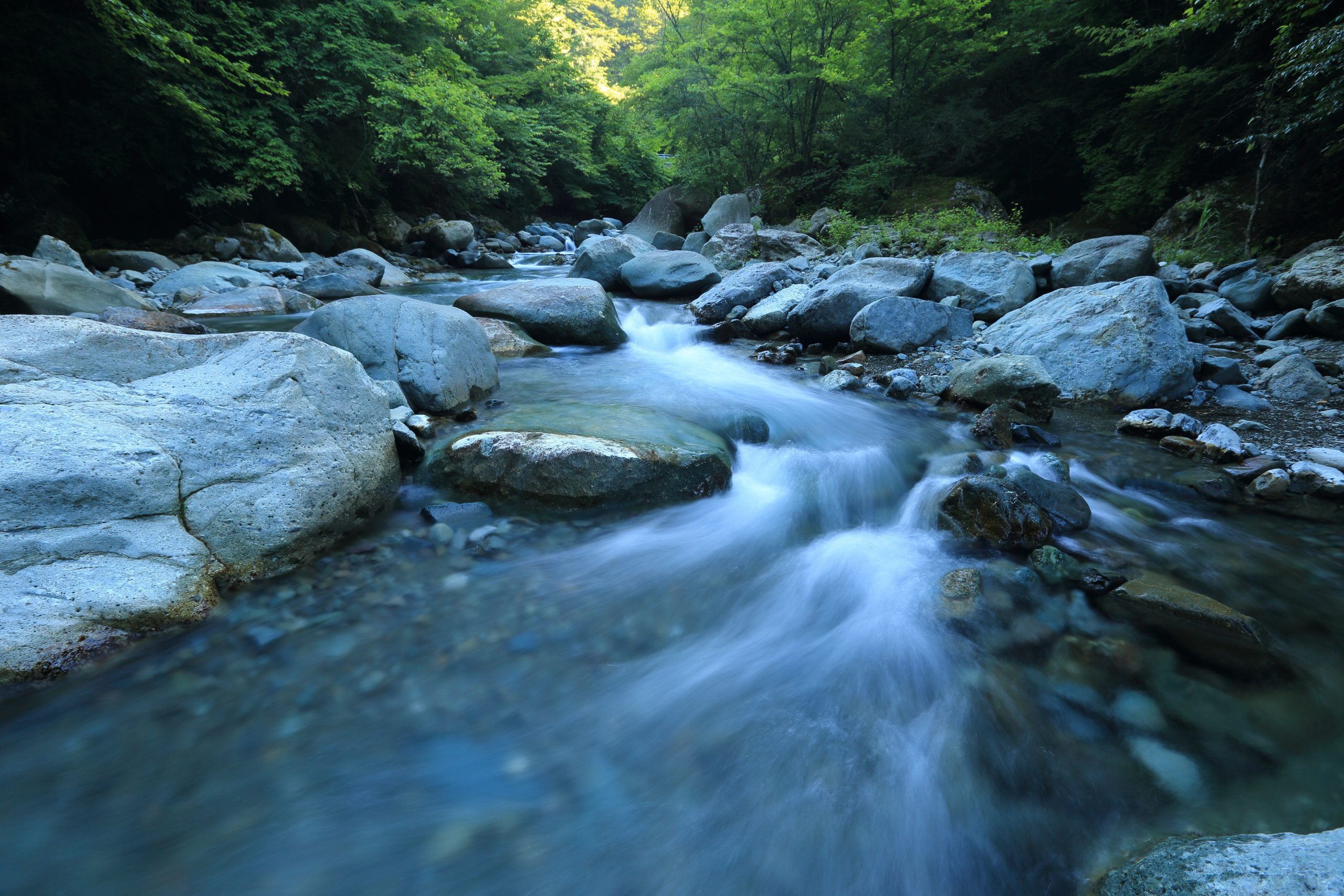Protecting source water is often easier and more cost effective than treatment alone or dealing with the aftermath of contamination events.
Canadian examples:
- $65 million to deal with a PCB leak that contaminated a Niagara aquifer (Office of the Auditor General of Ontario, 2014).
- $64 million on the Walkerton tragedy (7 deaths, 2300 illnesses) that involved an overwhelmed water treatment plant (Drinking Water Review Panel, 2002).
B.C. example:
- $1 million to date on excessive nitrate from inadequate agricultural waste management affecting the Hullcar Aquifer, and remediation is ongoing (University of Victoria Environmental Law Center, 2016; ENV, 2018).
Okanagan examples:
- $4 million on cleanup of chemical warehouse fire with runoff into Mill Creek during firefighting efforts in 2011 (Kelowna Capital News, 2011).
- $450,000 and a $18,400 fine plus the permanent loss of the water supply after waste manure from a dairy farm was spread on frozen fields contaminated the Antwerp Springs well in Lavington, B.C.
- $150,000+ cleanup cost, which is more than 10 times the estimate to remove an abandoned house on the Mission Creek floodplain prior to its freshet wash-out.
Other Okanagan incidents where the economics have not been tallied:
- 2017 landslide, which affected Peachland water supply.
- Belgo Creek landslide in May 2017, which affected the Black Mountain Irrigation District water supply.
- Testalinden Creek dam failure in June 2010, which washed away multiple homes, blocked a provincial highway, and impacted both Osoyoos Lake and the drinking water intake used by the Town of Osoyoos.




